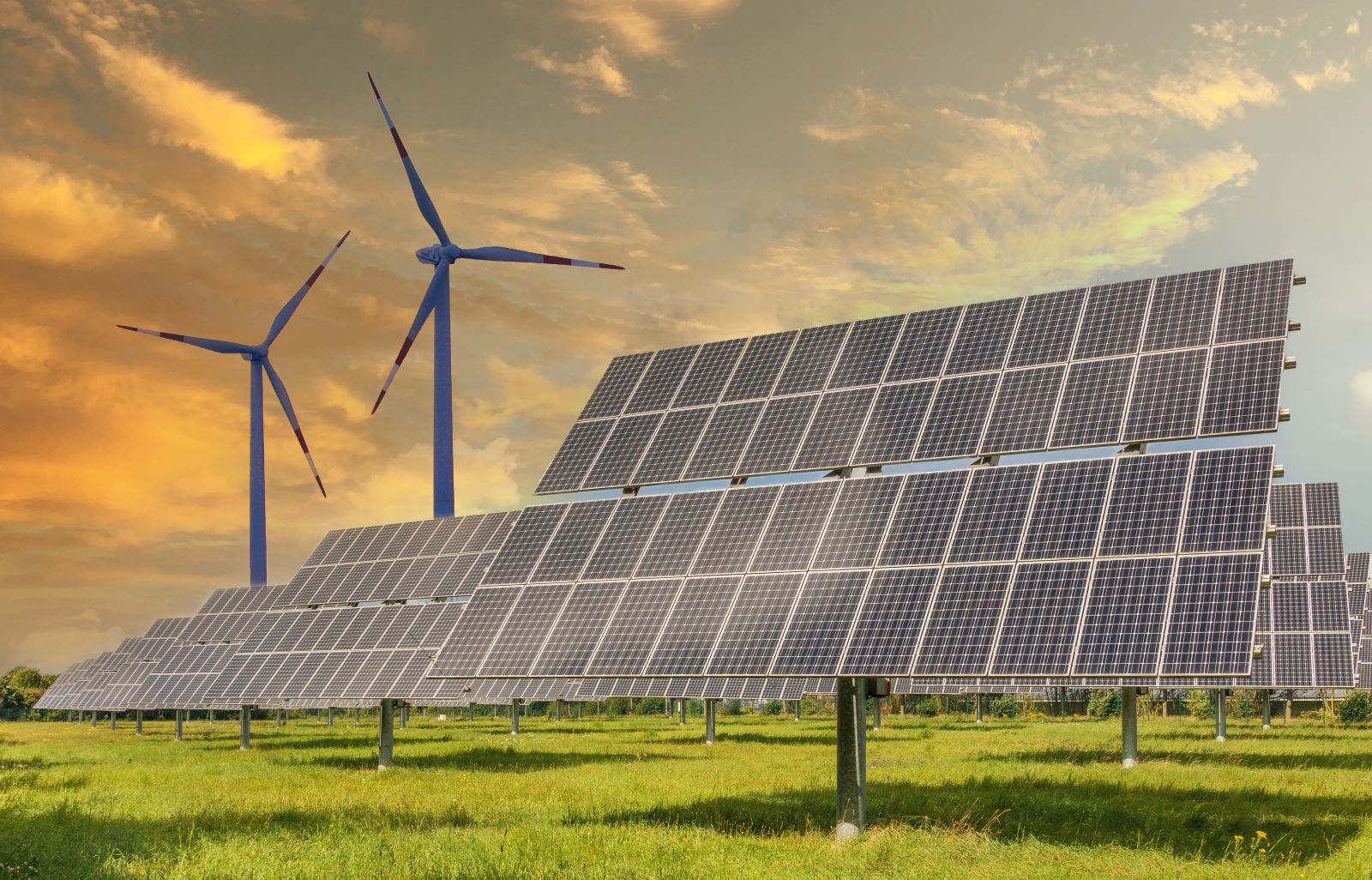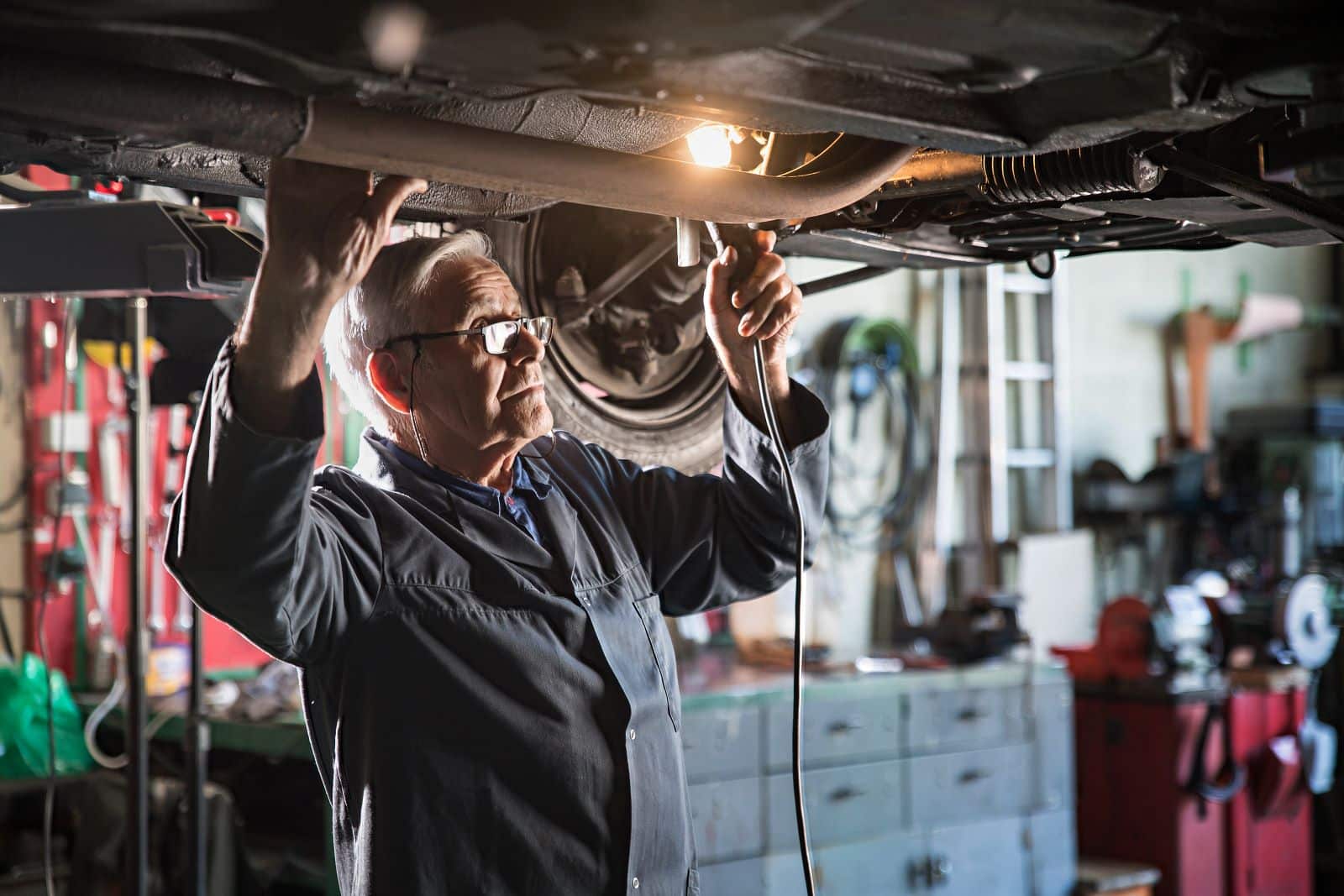Sustainable home design is more than just a trend—it’s a commitment to creating spaces that prioritize environmental responsibility, energy efficiency, and long-term sustainability. By incorporating eco-friendly materials, energy-saving technologies, and biophilic design principles, homeowners can reduce their carbon footprint and minimize their impact on the planet. Let’s explore the key elements of sustainable home design and how they contribute to creating harmonious living spaces that benefit both people and the environment.
1. Embracing Eco-Friendly Materials

Image Credit: Shutterstock /Borri_Studio
One of the hallmarks of sustainable home design is the use of eco-friendly materials that minimize environmental impact and promote resource conservation. From reclaimed wood and bamboo flooring to recycled glass countertops and VOC-free paints, there are countless options available for homeowners seeking to reduce their carbon footprint and create healthier living environments.
2. Harnessing Renewable Energy Sources

Image Credit: Shutterstock / Mr. Kosal
Incorporating renewable energy sources such as solar panels, wind turbines, and geothermal heating systems is essential for reducing reliance on fossil fuels and lowering greenhouse gas emissions. By harnessing the power of the sun, wind, and earth, homeowners can generate clean, renewable energy to power their homes and reduce their utility bills over time.
3. Prioritizing Energy Efficiency

Image Credit: Shutterstock / Sheila Say
Energy-efficient design features such as high-performance windows, insulation, and appliances are fundamental to sustainable home design. By minimizing energy consumption and optimizing thermal comfort, homeowners can significantly reduce their carbon footprint and lower their utility costs while enhancing the overall comfort and livability of their homes.
4. Integrating Passive Design Strategies

Image Credit: Shutterstock /ArtFamily
Passive design strategies, such as orientation, shading, and natural ventilation, play a crucial role in optimizing energy performance and indoor comfort. By strategically positioning windows, awnings, and landscaping to maximize natural light and airflow, homeowners can reduce the need for artificial lighting, heating, and cooling, thereby minimizing energy consumption and promoting environmental sustainability.
5. Incorporating Biophilic Design Principles

Image Credit: Shutterstock / ASTA Concept
Biophilic design principles, which seek to connect people with nature through the built environment, are central to sustainable home design. By incorporating elements such as natural light, indoor plants, and views of the outdoors, homeowners can create spaces that enhance health and well-being, reduce stress, and foster a deeper connection with the natural world.
6. Implementing Water Conservation Strategies

Image Credit: Shutterstock /Delovely Pics
Water conservation is a critical aspect of sustainable home design, particularly in regions prone to drought and water scarcity. By installing low-flow fixtures, rainwater harvesting systems, and drought-tolerant landscaping, homeowners can minimize water usage, reduce strain on local water resources, and promote water sustainability in their communities.
7. Promoting Indoor Air Quality

Image Credit: Shutterstock /Stock-Asso
Indoor air quality is a vital consideration in sustainable home design, as poor air quality can have significant implications for health and well-being. By using low-VOC paints and finishes, employing proper ventilation systems, and incorporating natural ventilation strategies, homeowners can create healthier indoor environments that promote respiratory health and overall well-being.
8. Designing for Longevity and Durability

Image Credit: Shutterstock /Pickadook
Sustainable home design prioritizes longevity and durability, ensuring that homes are built to withstand the test of time and minimize the need for frequent repairs and renovations. By using high-quality materials, employing sound construction techniques, and investing in resilient building systems, homeowners can create homes that are built to last for generations, reducing waste and conserving resources in the process.
9. Embracing Minimalism and Simplicity

Image Credit: Shutterstock /Stokkete
Minimalism and simplicity are core principles of sustainable home design, emphasizing the importance of quality over quantity and mindful consumption over excess. By decluttering living spaces, choosing multifunctional furniture, and prioritizing essential needs over frivolous wants, homeowners can create homes that are both aesthetically pleasing and environmentally responsible.
10. Engaging in Sustainable Landscaping Practices

Image Credit: Shutterstock /Juice Flair
Sustainable home design extends beyond the built environment to encompass outdoor spaces as well. By practicing sustainable landscaping techniques such as xeriscaping, native plant gardening, and organic gardening, homeowners can create beautiful, biodiverse landscapes that support local ecosystems, conserve water, and reduce the need for chemical pesticides and fertilizers.
11. Educating and Inspiring Others

Image Credit: Shutterstock /oneinchpunch
Finally, sustainable home design is about more than just creating individual spaces—it’s about inspiring others to adopt environmentally responsible practices and advocating for positive change in the broader community. By sharing their knowledge and experiences, homeowners can empower others to embrace sustainable living and work together to build a more sustainable future for all.
Oil Dumping Scandal Rocks Ships Heading to New Orleans

Image Credit: Shutterstock / AERIAL-MOTION
Two shipping companies have been fined after knowingly hiding a large oil spill in the Atlantic Ocean. Oil Dumping Scandal Rocks Ships Heading to New Orleans
20 Eye-Opening Realities Facing Retiring Baby Boomers

Image Credit: Shutterstock / JACK FROG
As Baby Boomers approach retirement, the promise of leisure and security often seems unattainable. This generation faces unique challenges that could redefine retirement. Here’s a stark look at the realities shaping their outlook. 20 Eye-Opening Realities Facing Retiring Baby Boomers
Retail Apocalypse: Massive Closures Sweep Across U.S. Brands

Image Credit: Shutterstock / TADA IMAGES
Stores across the U.S. are closing at unprecedented levels, according to new research from advisory firm Coresight Research. Read on for more information about the impact this could have on you and your communities. Retail Apocalypse: Massive Closures Sweep Across U.S. Brands
Tech Giants from Amazon to Google Announce Massive 2024 Layoffs

Image Credit: Shutterstock / VDB PHOTOS
In recent months, there have been massive layoffs from major corporations in a bid to navigate the harsh economic times. These strategic initiatives have triggered discussions around cost-cutting measures and the evolving industry dynamics. Tech Giants from Amazon to Google Announce Massive 2024 Layoffs
Why California’s Gas Prices Are Heading for a Steep Climb in 2025

Image Credit: Shutterstock / f.t.Photographer
Rumors are swirling about a possible increase in gas prices in California following the passing of a controversial emissions program. Why California’s Gas Prices Are Heading for a Steep Climb in 2025
The post Harmonize Your Home with Nature With These Sustainable Design Secrets first appeared on EcoHugo.
Featured Image Credit: Shutterstock / Alliance Images.
For transparency, this content was partly developed with AI assistance and carefully curated by an experienced editor to be informative and ensure accuracy.


